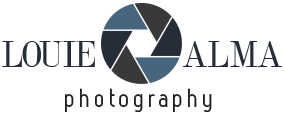Aer Lingus teams up with Uber to reward AerClub members with Avios on every journey
Aer Lingus’ AerClub members can now collect Avios on every journey they take using the Uber app, by simply linking their AerClub and Uber accounts.
Members of the airline’s loyalty programme will collect 1 Avios for every €1 spent on any journey taken on the Uber app in Ireland and the UK. To celebrate the new partnership, AerClub members who link their AerClub and Uber accounts via the Uber app and complete a journey before July 31st will receive 500 bonus Avios.





